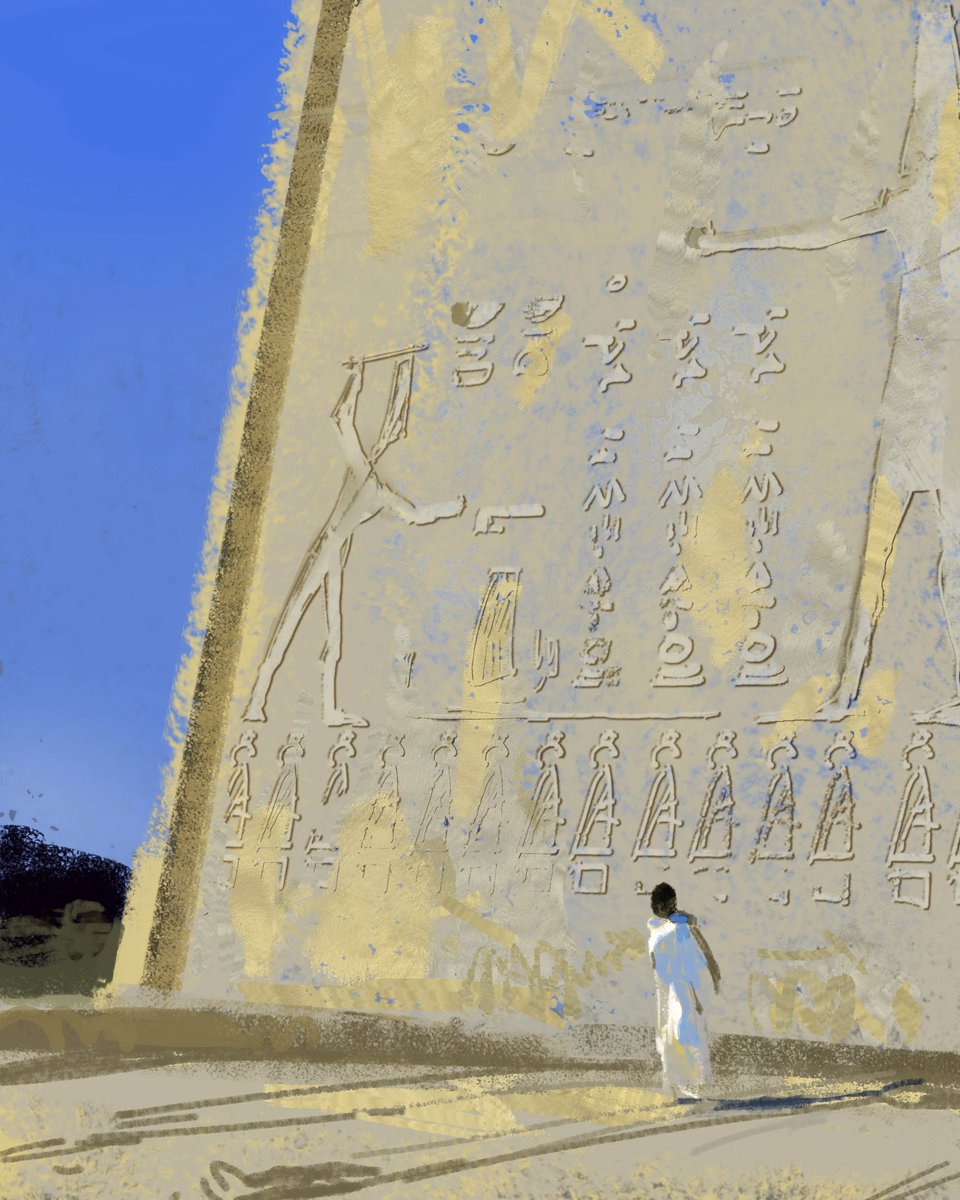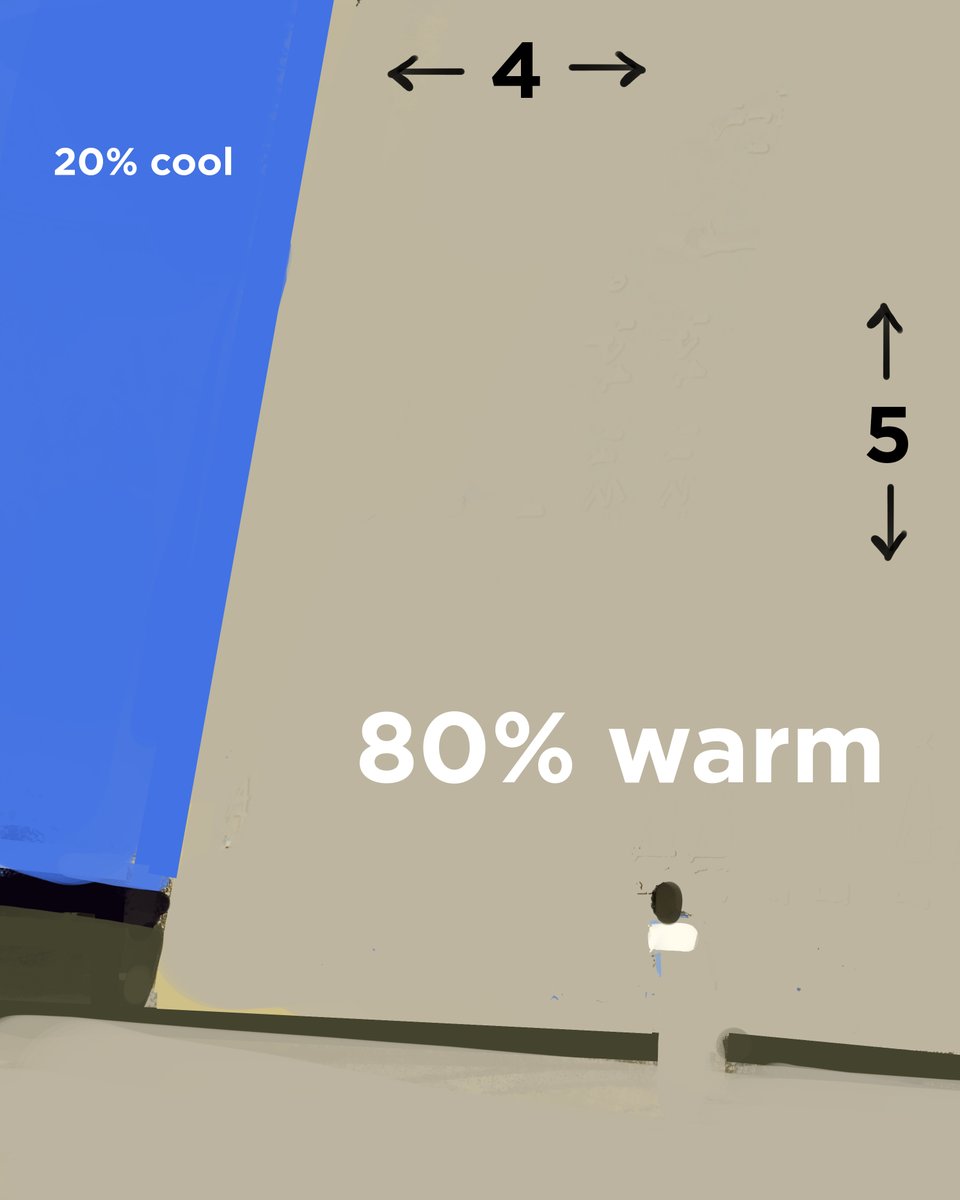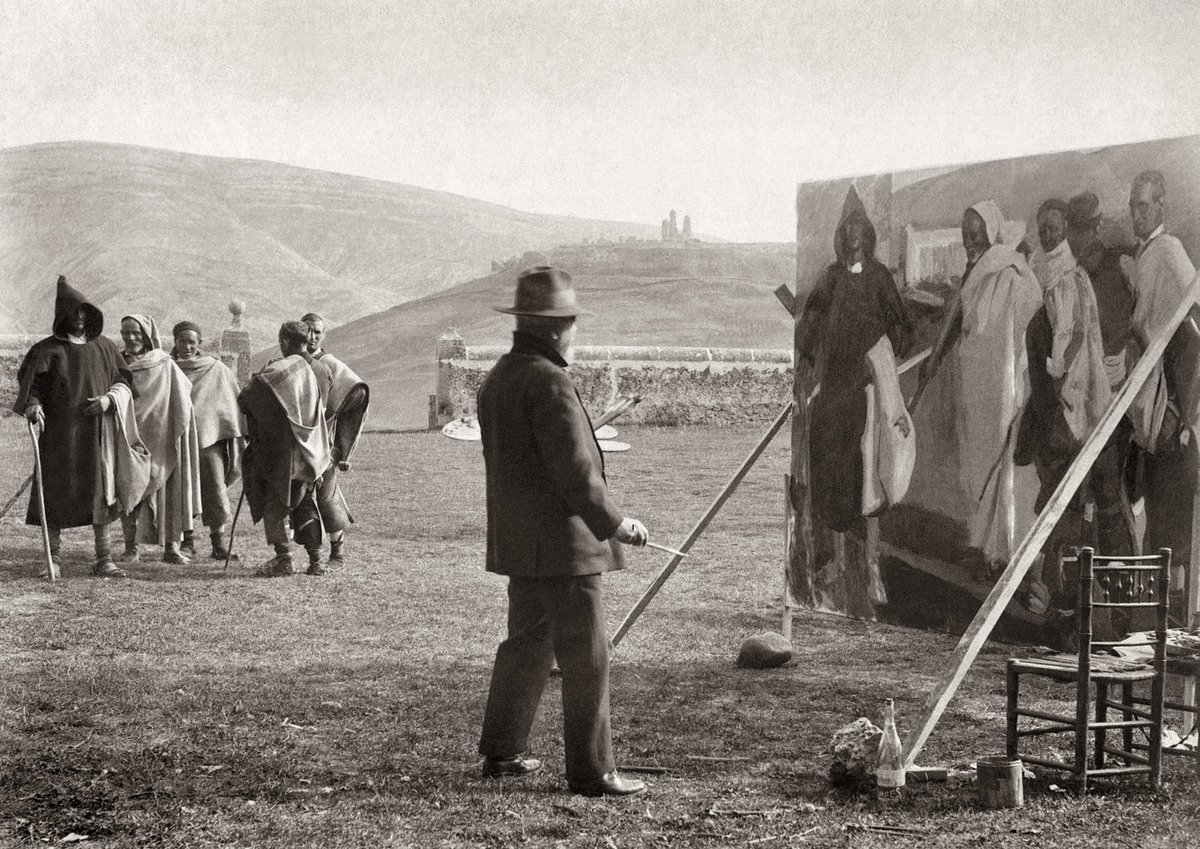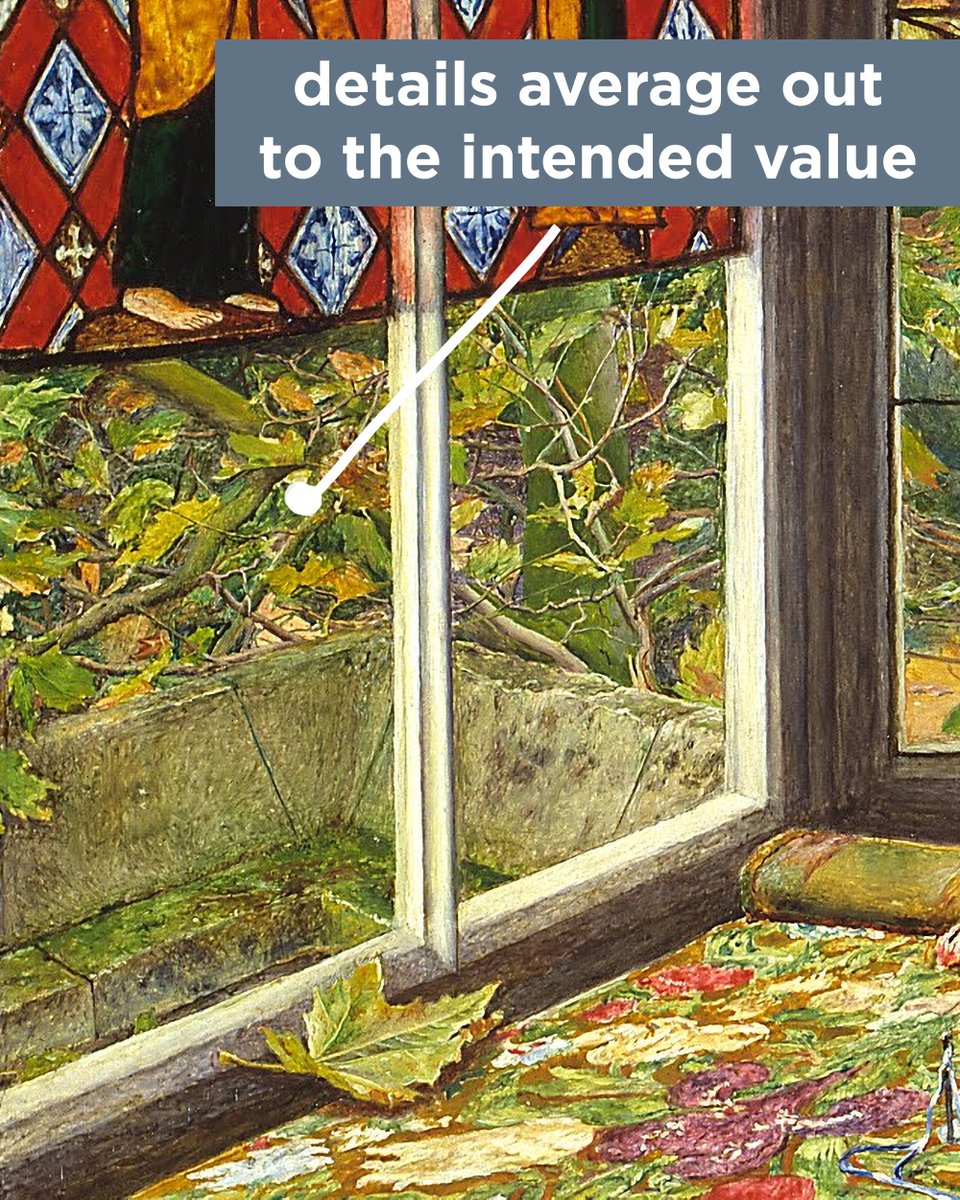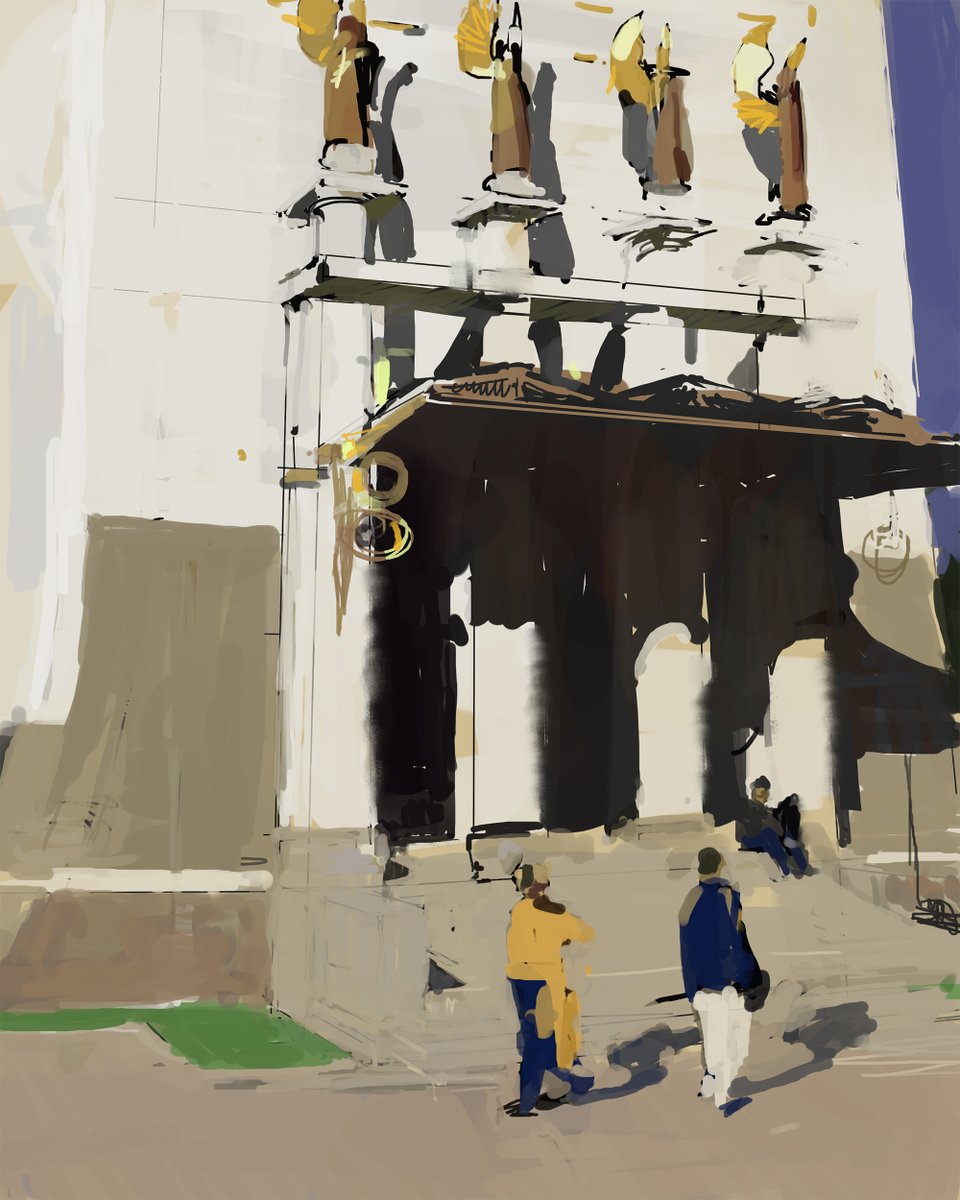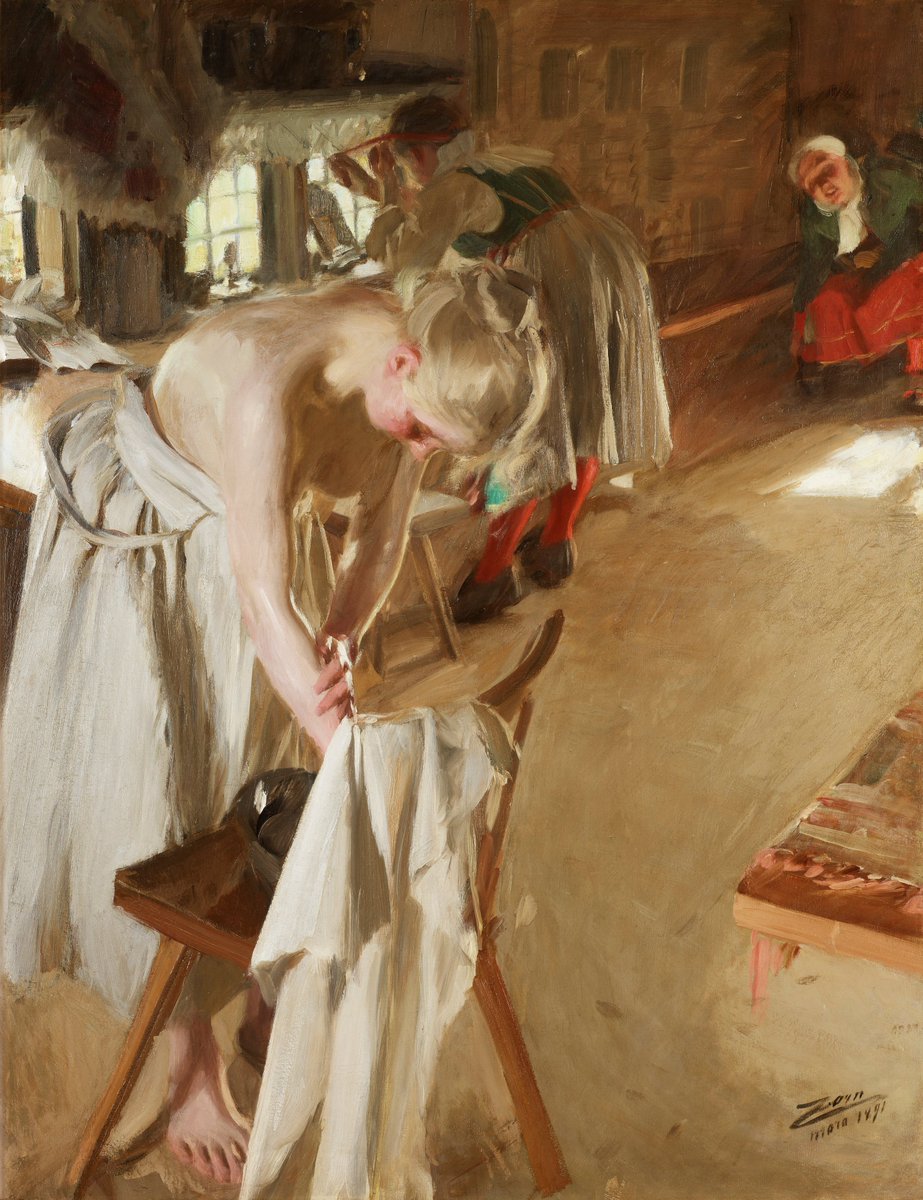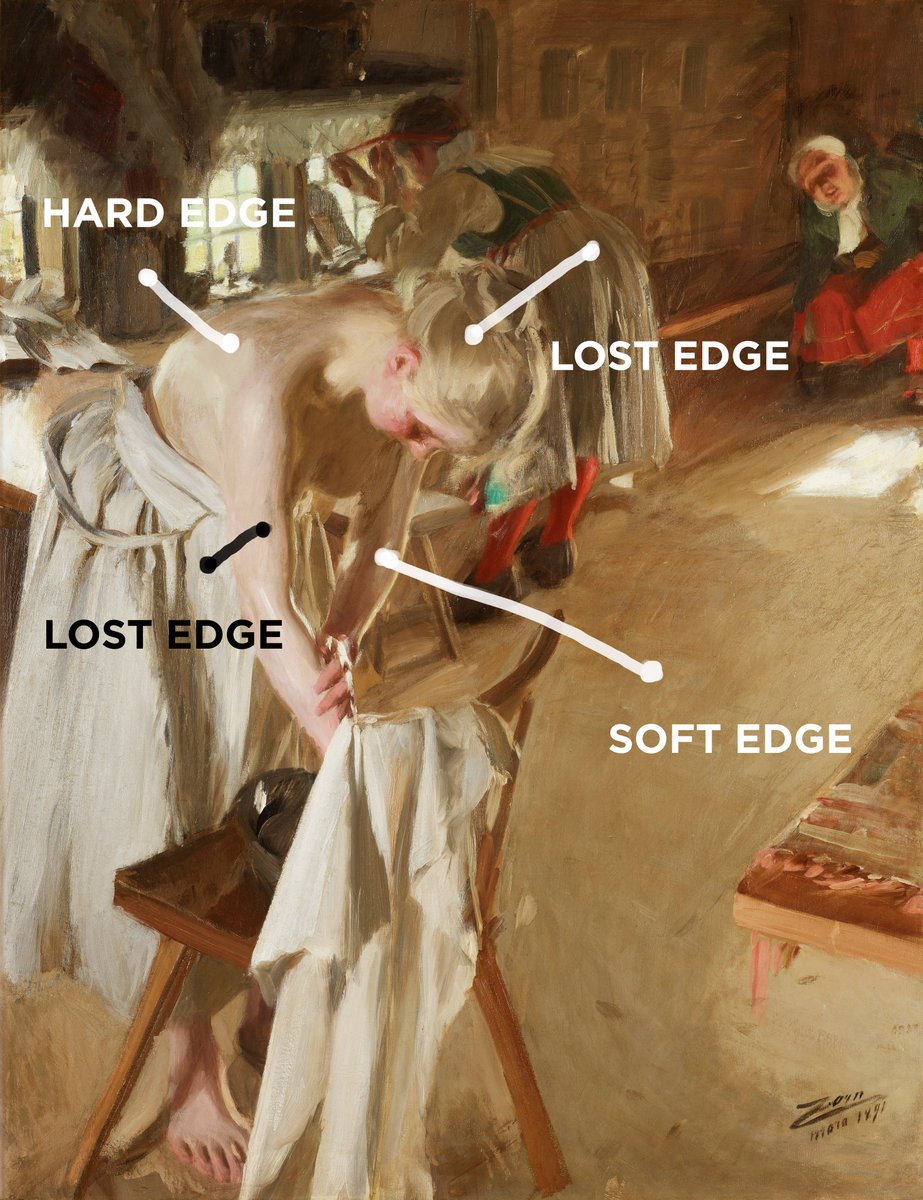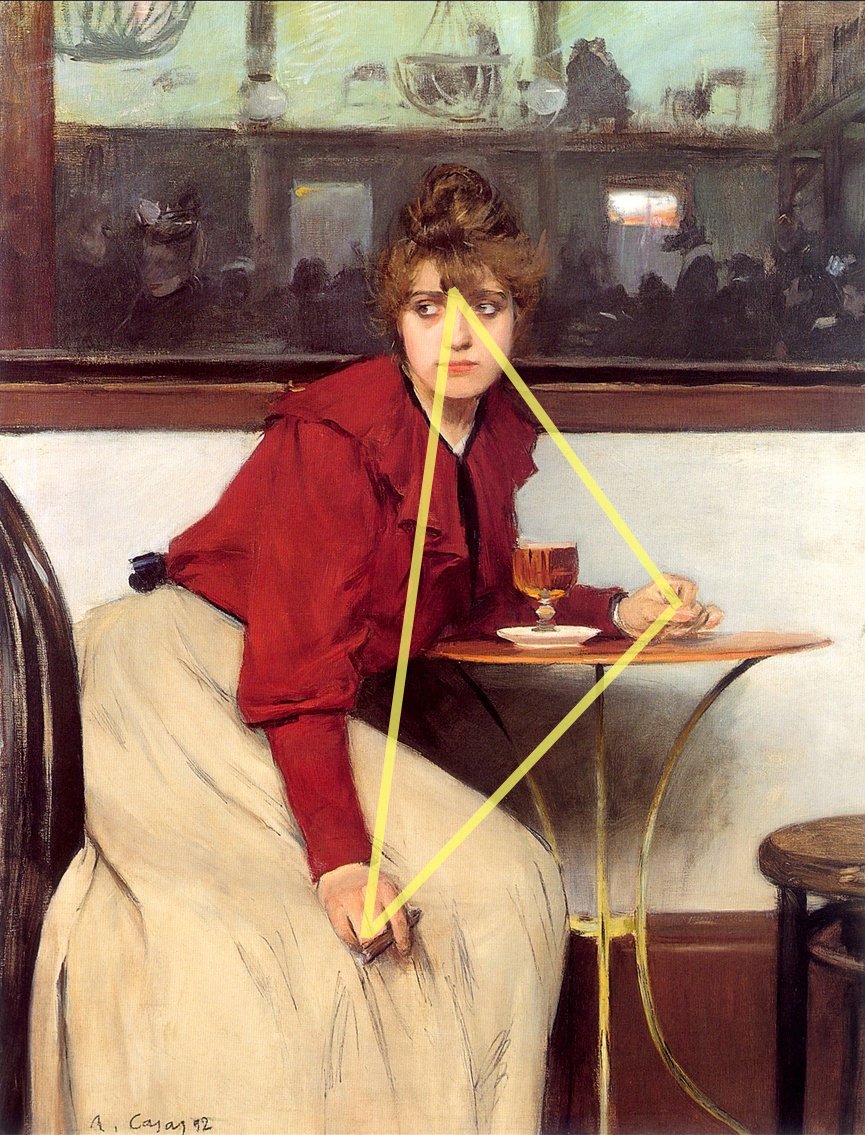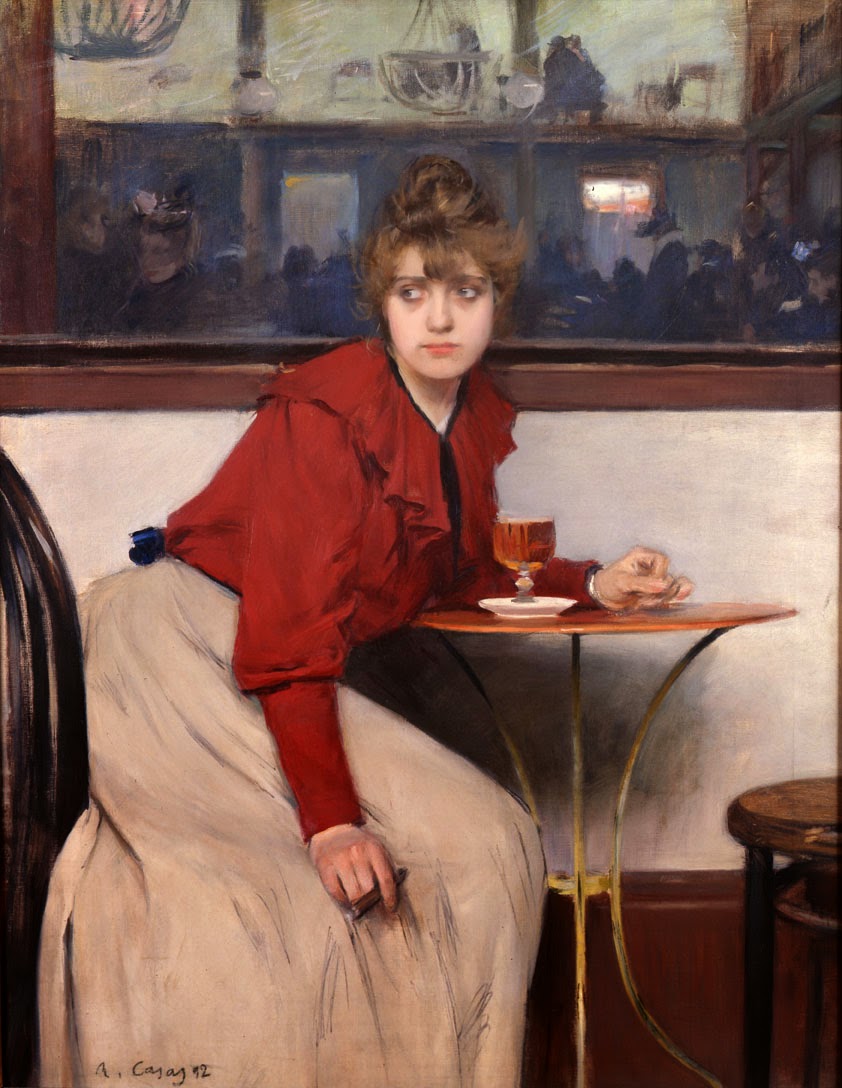Thread on color in painting! This will be a 3-part series with everything you ever wanted to know about color. What actually is color, and how do we use it? How come it is so hard to make a painting look natural if we start in black and white and then add color after? 



Let’s start at the beginning with the basics in this thread. First, color is a 3D space that you could imagine yourself walking around in. We know this because there are 3 variables. If we plot only 2 of them, for example value and saturation, we can easily see that this is 2D. 



This 2D space is familiar to us, we see it in the Photoshop/Procreate color picker. Once we add a third variable, hue, we have depth to our graph. Value is the amount of light, saturation is the purity of the light, and hue is the wavelength of the light (more on this later). 



In this 3D space, hue loops around the outside. In Photoshop, hue is laid out as a strip, but it could be thought of as a continuous color wheel. When we change just value and saturation we are exploring a flat 2D plane, and when we move the hue we are moving through 3D space. 

By lowering saturation, we are actually adding in the opposite, or complement, of the color. If we add blue to a pure yellow, it desaturates and passes through the land of grey, and then comes out the other side of the color world until eventually we get to a pure blue. 



By desaturating blue, we are adding yellow, and thus making it warmer. This is why a greyer version of yellow is cooler, even though it is still technically a yellow hue. Temperature is relative, so we are comparing two colors to each other. 



If we have a yellow object reflecting red light, we can walk around the edge of the world instead of going through the center. Instead, we could shift the hue and move through the oranges. It might even desaturate a bit because it is losing purity from the light mixing. 

How do we know how far to move through the 3D color world? This depends on the materials and the intensity of the light. All that we see is due to reflection, materials determine the properties of it. A chrome sphere will strongly reflect the color of a blue light source. 

A strong blue light on skin, with its unique material properties, will have the resulting color be pulled to the color of the light source but not all the way, resulting in pinks. 

For more about materials and how everything we see is due to reflections, check out my thread on specular highlights!
https://twitter.com/devinkorwin/status/1232754407248420864
Stay tuned for part 2, and if you've enjoyed this, check out my ebook! It has all of my previous tutorials greatly expanded upon and with lots of bonuses like a glossary, recommended reading, and all the artists names right there with the examples! gumroad.com/l/YPtf
Updated with part two:
https://twitter.com/devinkorwin/status/1280212496012455938
And part three:
https://twitter.com/devinkorwin/status/1285646784929439744
This color series is included and expanded on as part of my new book! gumroad.com/l/cfv2
In addition to color, it puts all of the fundamentals in context so that you can understand how painting works and focus on the fun part!
In addition to color, it puts all of the fundamentals in context so that you can understand how painting works and focus on the fun part!
• • •
Missing some Tweet in this thread? You can try to
force a refresh


